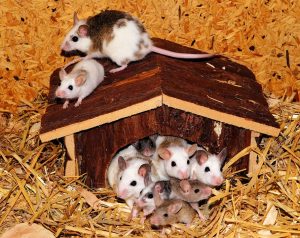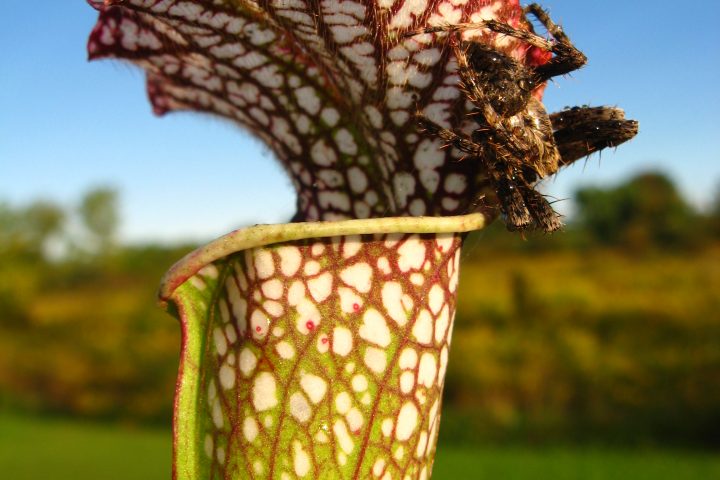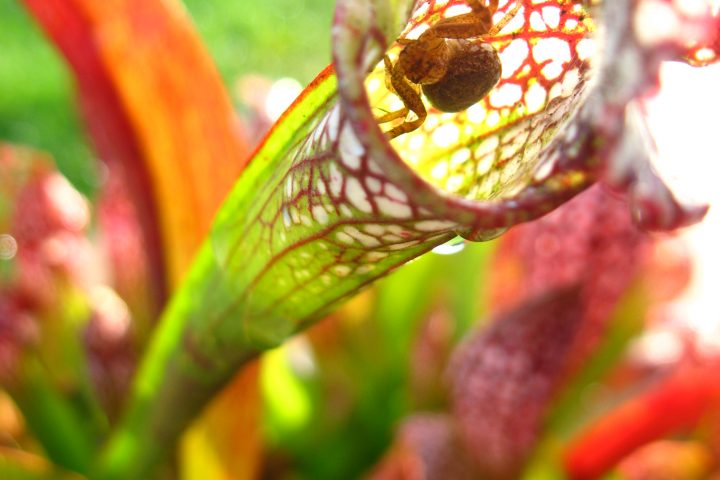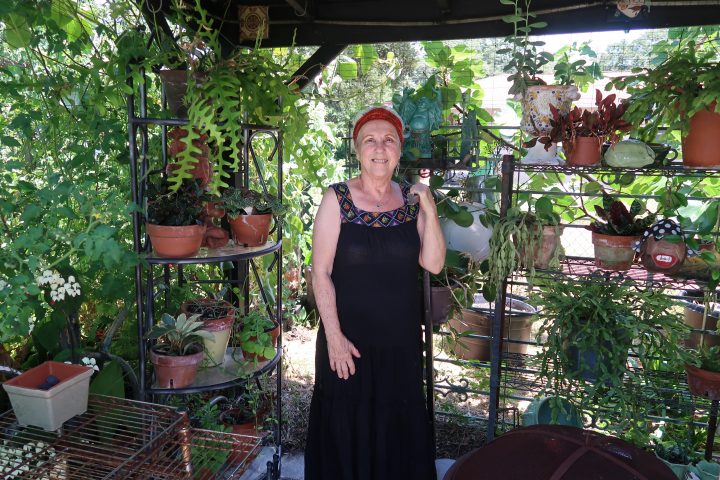 CCKC is going to the rodents.
CCKC is going to the rodents.
Ever since we stopped being a nomadic species, mice have stayed with us. Once we started farming and especially once we started storing dry food, rodents caught on. While this situation might not have been ideal, it was probably foreseeable that someone would eventually catch one and caring for mice.
As early as 1100 B.C. in China, people started also noticing that not all mice were created equal. In that era they came up with a term for nontraditional colored mice. Then in 80 B.C. the Han Dynasty added dancing ‘yellow’ mice in their vernacular. From then until 1641 there was over 30 written accounts of wild white mice being taken from the wild to be cared for. In 1654 a Chinese Buddhist priest even took his two pet mice to Japan while visiting.
By the 1700’s the breeding of fancy mice had increased, which you would imagine would be an easy start since they breed like rodents. In the late 1700’s a instructional book came out on how to breed different types of mice including, albino, black, black-eyed white, champagne, chocolate, lilac, and recessive spotting.
The “National Mouse Club, located in the UK, has been around for over 100 years,” Elena Kern, President and Founder of United Mouse Club said. “With permission, United Mouse Club based our club closely on the standards of the National Mouse Club.They are a well respected club and resource for everything fancy mouse related. We were over-joyed to use them as our role model.”
“United Mouse Club is an organization focused on creating a friendly and helpful environment for breeders, pet owners, and mouse enthusiasts to come together,” Kern added. “They can learn, chat and share photos in our Facebook group, or learn about mice from our ever expanding website.” The club holds shows both in person and online as well as several other events.
Caring for mice is simple due to their few demands. They require minimal cleaning, feeding and caging. Glass aquariums with tight fitting lids are good for easy viewing. Lining the bottom with newspaper and placing rodent bedding on top, will lend itself to easy cleaning. Mice are quite active and will utilize different levels inside the enclosure.
“The best mouse caregiver would be someone who is patient, understanding and gentile,” Kern says. “They can make a rewarding first time pet with less maintenance than a dog or a cat, and help teach children responsibilities.”
Clay flower pots, tissue boxes, toilet paper tubes and a small Tupperware water bowl are cheap ways to accessorize your mouse’s house. Wooden chew toys are essential for the well being of your rodent. Their incisors will be continuously growing and they will need a way to trim those teeth.
“Old boxes are fabulous, as well as cardboard egg cartons,” Kern says. “Mice can hide under them, or you can make a little house out of the old boxes, with a hole for a door.”
Other inexpensive enrichment ideas include “tissues and different soft papers that allow mice to tear up and nest with them. You can also make Popsicle stick houses for mice. This is also a fun activity for younger children,” Kern adds.
Feeding mice is quite easy but feeding them properly is a little harder. A commercial diet made specifically for mice is easy and affordable. Laboratories use the fortified diets over the seed diets, so the mice can’t be choosy on which nutrients they are going to get. If you feed the seed based diets, feeding small enough portions for them to eat all of the seeds is preferred.
Fresh and dried vegetables and fruits will also be readily accepted. When caring for mice do not forget all of the fun enrichment you can provide. I bet you can think of a lot of games and behaviors that you could train with your mouse. The possibilities are endless, because of their agility and appetite. Another plus is that all the agility props can be made out of cardboard or free things laying around the house.



